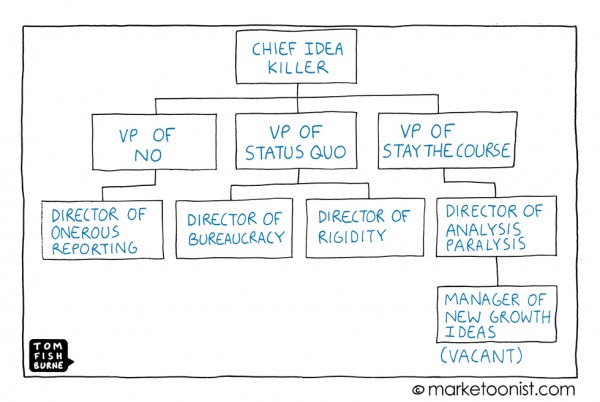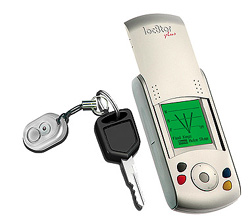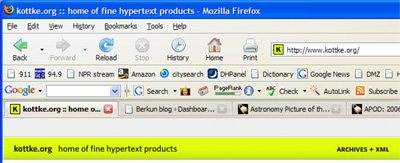Book update: inside scoop + 1st draft complete
10 months down the road, the first draft is in the bag.
Although I’ve written nearly 40 posts about innovation here, I’ve kept quiet about book details for sanity reasons: I don’t know how to write the book, and write about writing the book, without frying my small brain.
So as thanks to all you who have helped out so far with comments and questions, here’s the inside scoop:
The Inside scoop on the innovation book
The book demystifies the history of great innovations. In over a year of research I’ve uncovered many popular beliefs about innovators, discoveries and inventions, that are dangerously inaccurate: trying to emulate these false ideas sets up todays innovators and big thinkers to fail: we’re chasing romance, not reality. For example:
- Newton did not discover gravity by watching apples.
- Gutenberg did not invent the printing press (Nor did Edison invent the light bulb).
- Eureka and breakthrough moments are overrated.
- Technological progress is not guaranteed (todays innovations are not necessarily better than those they replace).
- Good ideas rarely win on their merits alone.
The book attacks gaps between what we think we know, and what the truth is, about how innovations happen. It calls out these myths, through taunts, name calling and silly faces, showing the reader how to disarm and overcome them. And then the book goes after three things: 1) investigating why these misconceptions are popular, 2) using history to explain the truth and 3) provide lessons based on how innovations in business, technology and science really happen.
What’s next?
I’m deep in revision on draft 2: rereading, rewriting, and other writerly fun. A small cabal of reviewers have given feedback on draft one, and I’m using that to guide my way.
I’m currently searching for photos for the book – I need good sources of archival photos from the history of technology (although I’m open to other photo concepts for the book). If you have suggestions, or know a good book photo editor, contact me.
If draft 2 goes well, we may still be on track for a late Spring 2007 release. Stay tuned.
Questions? Suggestions? Or take the easy way out, and throw me some love on nailing draft numero uno! (Hint/plea: a simple “go Berkun!” goes a long way towards writing morale)



 I’ve seen my share of office pranks: filling an office
I’ve seen my share of office pranks: filling an office  Although this list isn’t in a web friendly top ten format, it’s certainly interesting to see what the folks at Time ranked as the
Although this list isn’t in a web friendly top ten format, it’s certainly interesting to see what the folks at Time ranked as the 




